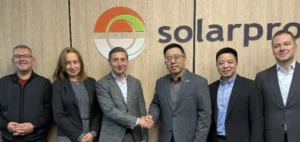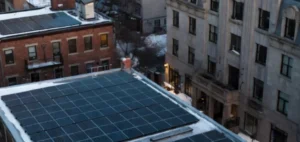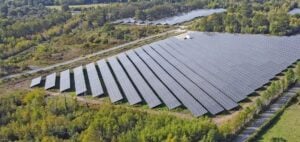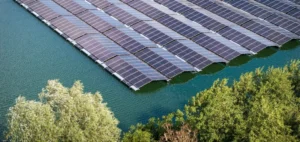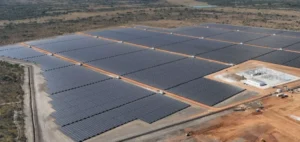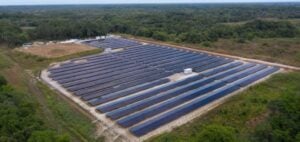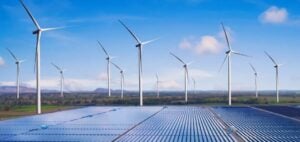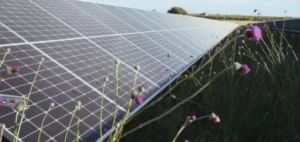BrightNight, a next-generation global renewable power producer, announced today the closure of a $260 million tax-equity financing commitment, including deferred contributions, for the 300-megawatt (MW) Box Canyon solar project located in Pinal County, Arizona. This financing is made in partnership with Cordelio Power.
J.P. Morgan, through one of its affiliates, and Capital One, N.A., will provide the tax-equity financing for this project. The financing structure is a “partnership flip,” a method used to monetize production tax credits. This approach maximizes tax benefits while attracting private investors to the renewable energy sector.
The Box Canyon project represents the largest renewable energy procurement in the history of the Southwest Public Power Agency, a significant milestone in Arizona’s energy transformation. With a capacity of 300MW, this project is expected to become operational in the first half of 2025 and is part of a 2-gigawatt (GW) Arizona portfolio jointly owned by BrightNight and Cordelio.
A Robust Financing to Support the Energy Transition
In May 2024, BrightNight and Cordelio had already secured the project’s construction financing with financial institutions such as Zions Bank, CIBC, RBC, NBC, and SMTB. The recent closure of the tax-equity financing with J.P. Morgan and Capital One strengthens BrightNight’s position as a key player in the renewable energy sector.
According to Martin Hermann, CEO of BrightNight, “We are delighted to partner with J.P. Morgan and Capital One to help Arizona residents meet their power needs and achieve their sustainability goals. With over 900,000 megawatt-hours (MWh) of projected annual production, the Box Canyon Solar Project is a model of utility-scale renewable power.”
Significant Economic and Environmental Benefits
The Box Canyon project will generate enough electricity to annually power 77,000 Arizona homes and businesses with clean, reliable, and affordable energy. It features an innovative design optimized to maximize performance and deliver the highest-value project at the lowest cost, developed with the help of BrightNight’s proprietary artificial intelligence platform, PowerAlpha®.
In addition to providing renewable energy, the project will create well-paying jobs and offer long-term economic benefits to local communities. It will also contribute to strengthening the region’s energy security, reducing dependence on traditional energy sources, and promoting a greener and more sustainable economy.
Collaboration and Legal Expertise
Norton Rose Fulbright represented the sponsors in this transaction, while Milbank acted on behalf of the tax equity investors. This collaboration with leading law firms underscores the importance and complexity of the project, as well as BrightNight’s commitment to adhering to the highest standards of compliance and governance.
A Key Step in BrightNight’s Energy Portfolio
The Box Canyon solar project is part of a larger 2GW portfolio in Arizona, illustrating BrightNight’s ambitious strategy to develop clean and sustainable energy solutions. This initiative is part of a broader energy transition context aimed at reducing carbon emissions and promoting renewable energy sources.
By making significant investments in projects like Box Canyon, BrightNight demonstrates its commitment to sectoral innovation and long-term value creation for its partners and the communities it serves.




